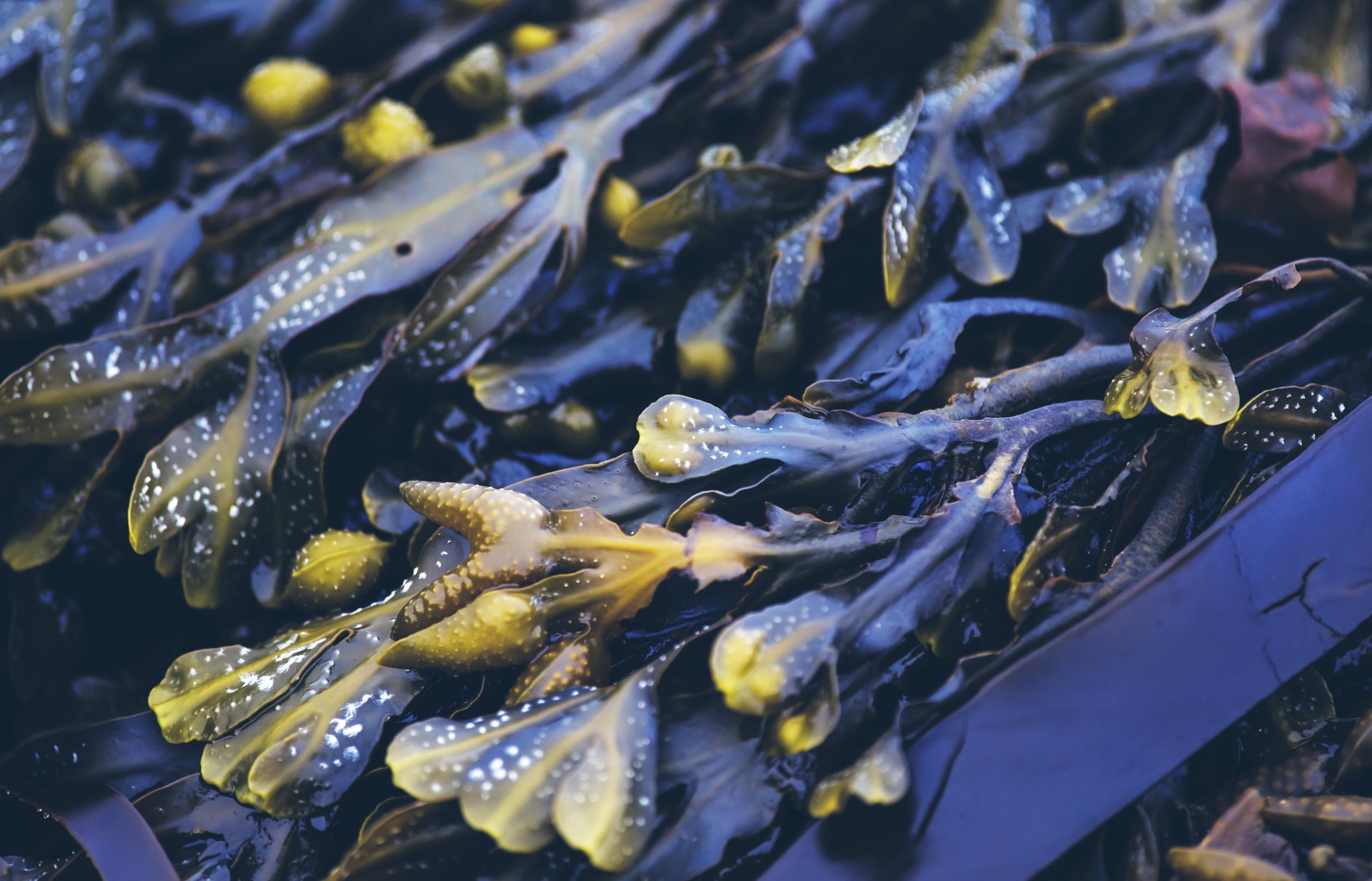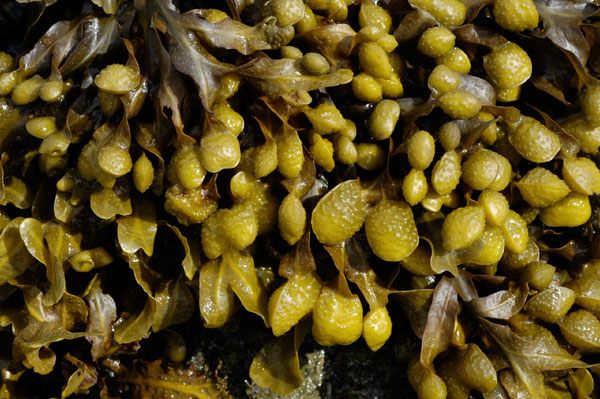
Project Baltic Sea
Turning eutrophication of the Baltic Sea to innovations for tomorrows functional chemistry.
Addressing eutrophocation
in the Baltic Sea
The Baltic Sea faces significant challenges due to eutrophication, primarily caused by excessive nutrient runoff leading to harmful algal blooms. These blooms disrupt marine ecosystems, deplete oxygen levels, and harm biodiversity.
The challenges facing the Baltic Sea resonate deeply with us — after all, Origin by Ocean was founded by this very ocean. While we’ve strategically chosen to enter the market using invasive Sargassum from the Caribbean as our primary feedstock for producing high-value, bio-based ingredients, our commitment to tackling the environmental challenges of our home waters remains unwavering.
Through dedicated R&D projects, we’re exploring solutions to reduce nutrient pollution and restore ecological balance in the Baltic Sea. These initiatives are still in early development and require continued support and funding to advance to the next phase.

THE BALTIC SEA is one of the world’s largest bodies of brackish water, characterised by low salinity, limited water exchange with the ocean, and a relatively closed ecosystem. These unique conditions make it particularly vulnerable to environmental stressors such as eutrophication, pollution, and overfishing. The sea’s ecological balance is further threatened by the proliferation of harmful algal blooms, which deplete oxygen levels, harming marine life and biodiversity.

Fucus cultivation
for Baltic Sea
restoration
Recognizing the untapped potential of bladderwrack, Origin by Ocean has developed and patented a sustainable method for its cultivation. Our technique accelerates bladderwrack’s natural reproductive cycle —without genetic modification — enabling scalable production without harming wild populations.
Bladderwrack is a key feedstock for our entire product portfolio, delivering high concentrations of bioactive compounds ideal for replacing fossil-based raw materials.
Our technology is rooted in a deep understanding of bladderwrack’s ecophysiology, enabling us to optimize its growth and maximize impact — without compromising natural ecosystems.

CULTIVATION: Bladderwrack seedlings are grown in controlled land-based environments and later transferred to the sea using custom-designed infrastructure. This approach ensures sustainable scale-up and ecological safety.

NUTRIENT BINDING: As the algae grows, it absorbs excess nitrogen and phosphorus from the water and stores them as valuable bioactive compounds. These excess nutrients are effectively removed from the ecosystem through the strategic harvesting of mature algae.

HARVESTING AND BIOREFINING The harvested algae can be processed using Origin by Ocean’s patented biorefining technology. This yields high-value, biodegradable ingredients for various applications. Residual biomass is repurposed for animal feed or as a growing substrate—supporting a circular economy.

The Ministry of the Environment has supported the Bladderwrack cultivation for Baltic Sea restoration with a grant of €283 000 through the Ahti Programme. The goal of the Ahti Programme is to curb nutrient loading, improve soil structure, manage harmful substances, and recover and utilise valuable resources.

Project Cyano bay
Blue-green algae, or cyanobacteria, are microscopic organisms naturally found in water bodies around the world. The nutrient-rich waters of the Baltic Sea create favourable conditions for blue-green algae blooms, especially during the summer months.
Wide-spread blue-green algae blooms disrupt the delicate ecosystem of the Baltic Sea, leading to water quality deterioration and economic harm.
Excessive blue-green algae growth smothers other aquatic plants and reduces oxygen levels in the water, leading to ecological changes and decreased biodiversity. Many blue-green algae produce toxic cyanotoxins, which can cause skin irritation, digestive issues, liver damage, and neurological symptoms in both humans and animals.
Additionally, algae blooms cause odor problems along the coast, which affects the local communities' economy by hindering fishing, tourism, and other recreational activities. Removing nutrients and excessive algae blooms is crucial to maintaining the appeal of the Baltic Sea region.
By collecting blue-green algae, environmental damage can be reduced, shores can be cleaned, and excess nutrients can be removed from the Baltic Sea, while simultaneously creating useful biochemicals for industrial use. The goal is to establish a network of algae collectors and scale up the business.
Blue-green algae removal can achieve significant environmental and health benefits. Improved ecosystems and water quality, as well as reduced health risks, make algae management a key part of water body care and protection. Algae collection also creates new business opportunities that support sustainable development.
The collection of blue-green algae from the Baltic Sea is a pilot project mapping the future of the Baltic Sea and a functional chemical industry running on algae.
EXTRACTING VALUE FROM VASTE
Crude oil -based ingredients in the chemical industry can be replaced with algae-based alternatives made from invasive blue-green algae.
OceanShield™
Using Origin by Ocean's patented bioprocess, valuable raw materials for the chemical industry and cosmetics can be refined from blue-green algae. Blue-green algae contain high concentrations of *OCEANSHIELD™ ( a registered product by Origin by Ocean). OCEANSHIELD™ is purified Mycosporine-like amino acids (MAAs) extracted from brown or blue-green algae that protects skin against photoaging and boosts the UV protection factor of suncare products.
*Additional funding and R&D is needed to reach a commercially viable product.
Pilot project with Keep the Archipelago Tidy Association

In the summer of 2024, Origin by Ocean and the Keep the Archipelago Tidy Association piloted the collection of blue-green algae (cyanobacteria) from the Baltic Sea using the Roska-Roope vessel. The initiative aimed to explore the feasibility of harvesting harmful algal blooms and converting them into valuable, bio-based materials. This pilot demonstrated the potential for turning environmental challenges into sustainable solutions, contributing to cleaner waters and innovative industrial applications.